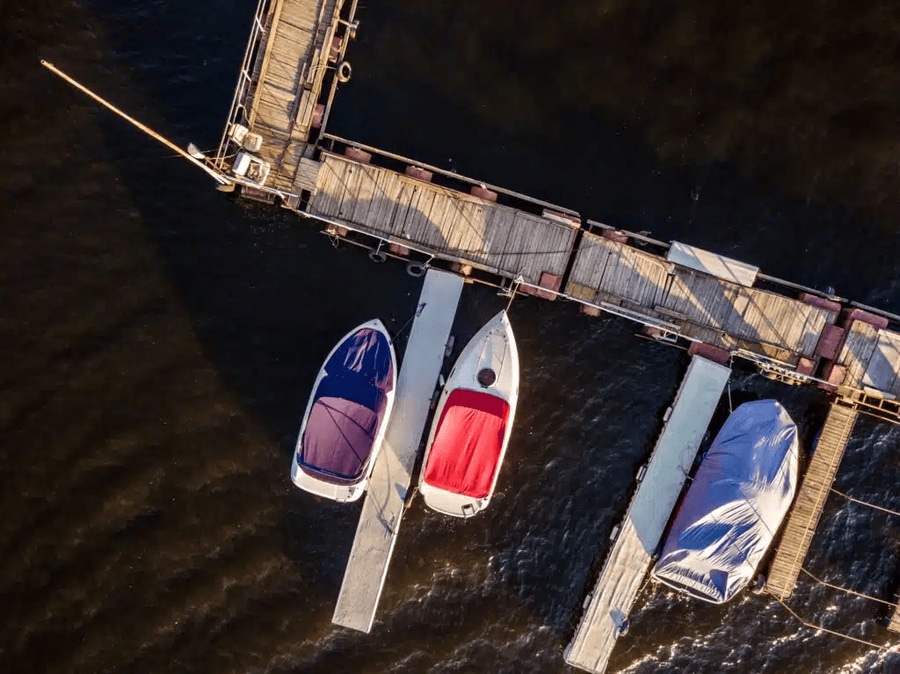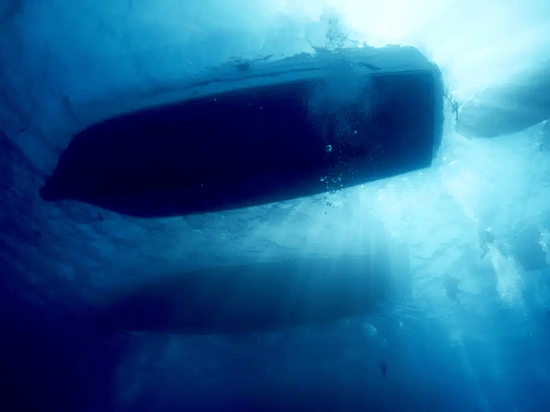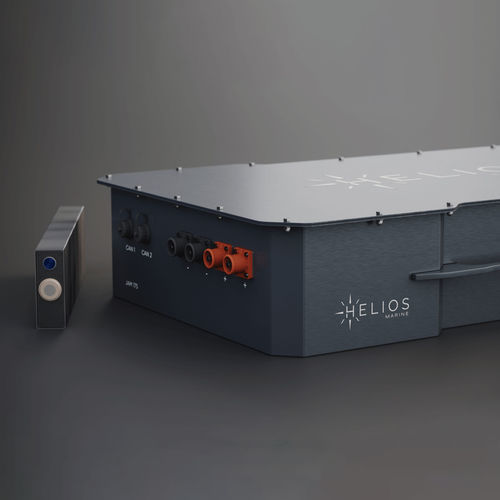
#Industry News
Charging Infrastructure Developments in The Marine Sector
From quiet electric boats gliding across calm waters to fast ferries powering through harbor routes, electrification is transforming the marine industry. But with electric propulsion gaining traction, one question rises to the surface: where and how
Electrification at Sea: A Tidal Shift in Power
Electrification is no longer a future ambition—it’s an accelerating reality across the global marine sector. Countries like Norway, Sweden, and the Netherlands lead the charge, transitioning commercial ferries, passenger boats, and harbor craft to electric propulsion. And with ports in the U.S., Singapore, and China committing to sustainable marine energy, the shift is reaching international waters.
These advancements are driven by tightening regulations from the International Maritime Organization (IMO), rising fuel costs, and a universal need to reduce emissions. As electric vessels multiply, however, so does the pressure to support them with reliable, scalable, and intelligent charging infrastructure.
Infrastructure Gaps: Challenges Facing the Industry
Despite progress, charging in the marine world is far behind what’s available for electric vehicles on land. Ports, marinas, and harbors face several technical and logistical challenges:
Limited Charging Locations: Many docks still lack the high-capacity electric infrastructure needed to charge marine-grade batteries.
Power Demand: Boats require significantly more energy per charge than most EVs, creating load management issues for local grids.
Lack of Standardization: Varying connector types, voltages, and power capacities make universal solutions difficult.
Charging Times: Larger vessels with bigger batteries often require overnight or multi-hour charging sessions, disrupting tight operational schedules.
This is where integrated onboard systems like Helios Marine Link become essential—not only do they monitor power consumption and battery levels, but they also help captains and operators plan dock times and energy use effectively.
Breakthroughs in Marine Charging
Over the past few years, significant advancements have begun to address these challenges. Here are a few key developments pushing the infrastructure forward:
High-Power DC Charging Systems
Major ports are introducing megawatt-scale DC charging stations capable of powering ferries, tugboats, and cargo vessels. These systems mirror fast EV charging networks and are designed to minimize downtime while maximizing throughput.
Smart Charging Integration
Some port authorities are integrating smart grid technology, which optimizes charging times based on energy demand, pricing, and vessel schedules. This reduces strain on the grid while allowing dynamic load distribution—something Helios systems can support with our Marine Link’s real-time power management features.
Wireless Charging for Short Routes
Inductive marine charging is in its early stages but shows promise for high-frequency routes, especially in cities with electric water taxis or ferries. These pads can charge automatically while docked, removing the need for cables or crew interaction.
Battery Buffer Stations
To offset grid limitations, some ports are deploying stationary battery packs that store energy during off-peak hours and discharge it to vessels as needed. These systems work in tandem with intelligent vessel-side monitoring, such as the Helios Marine Link, enabling optimized energy use per docking session.
Real-World Progress: Global Charging Projects
Theoretical infrastructure means little without real-world implementation. Fortunately, leading maritime hubs are making bold investments:
Norway: With the world’s largest electric ferry fleet, Norway has built a nationwide network of high-speed chargers, supported by hydropower.
Amsterdam: The city is transitioning its entire canal fleet to electric by 2025, with dozens of charging points already active for boats and water taxis.
United States: Ports like San Diego and Seattle are piloting e-ferry charging stations as part of zero-emission maritime programs.
Singapore & Hong Kong: Asia’s shipping centers are investing in smart port electrification, including mobile chargers and dockside hybrid systems.
Each of these regions also emphasizes data integration—a feature we enable through the Helios Fleet Link, our enterprise-ready platform for managing multiple vessels and their performance, energy usage, and CO₂ emissions.
The Role of Data & Connectivity in Charging
Charging infrastructure isn’t just about hardware—it’s about knowing when, where, and how to charge. That’s why we invest in IoT integration as part of our electric propulsion and IoT package, allowing boat operators to collect actionable insights across every charging cycle.
The Helios Marine Link provides skippers and engineers with detailed insights into battery health, propulsion status, sea conditions, wind speed, and even fish sonar—all from a single interface.
For marinas and commercial operations, our Fleet Link monitors hours of operation, real-time location, emissions statistics, and usage alerts across entire fleets, helping operators plan charging sessions in sync with operational priorities.
Together, these platforms help prevent overcharging, battery degradation, and unplanned downtime—all major risks in early-stage marine electrification.
Accelerating Toward a Smarter Marine Network
Looking ahead, charging infrastructure in the marine sector will evolve in three major directions:
AI-Assisted Load Balancing: With more electric vessels arriving at ports simultaneously, artificial intelligence will help manage timing and power distribution more efficiently.
Renewable Energy Integration: Solar, tidal, and wind energy will feed directly into on-site chargers, reducing dependence on carbon-heavy grid sources.
Standardized Global Connectors: Industry coalitions are already working on marine equivalents of the CCS/Type 2 standards used in EVs, which will unlock cross-port compatibility.
These changes will demand systems that can keep up, not only on the dock, but on every vessel. At Helios Marine, we’re making sure your boats are ready. Whether you’re a single-vessel owner or a commercial charter operator, we deliver the battery reliability, real-time control, and data clarity you need to confidently embrace electric propulsion.
Final Thoughts: Infrastructure Meets Innovation
Marine electrification is no longer a trend—it’s an inevitability. However, it won’t succeed without the support of a robust and intelligent charging infrastructure. The success of this transition hinges on forward-thinking solutions that address not just energy needs but operational complexity.
That’s where Helios Marine comes in. Our marine battery systems are engineered for endurance. Our Marine Link connects your crew to your vessel like never before. Our Fleet Link brings oversight and efficiency to charter companies and marine operators. And our electric propulsion and IoT package ensures that every voyage, charge, and decision is backed by precision data. If you want to find out more, simply contact us at sales@heliosmarine.io or +359 88 4444 818.





